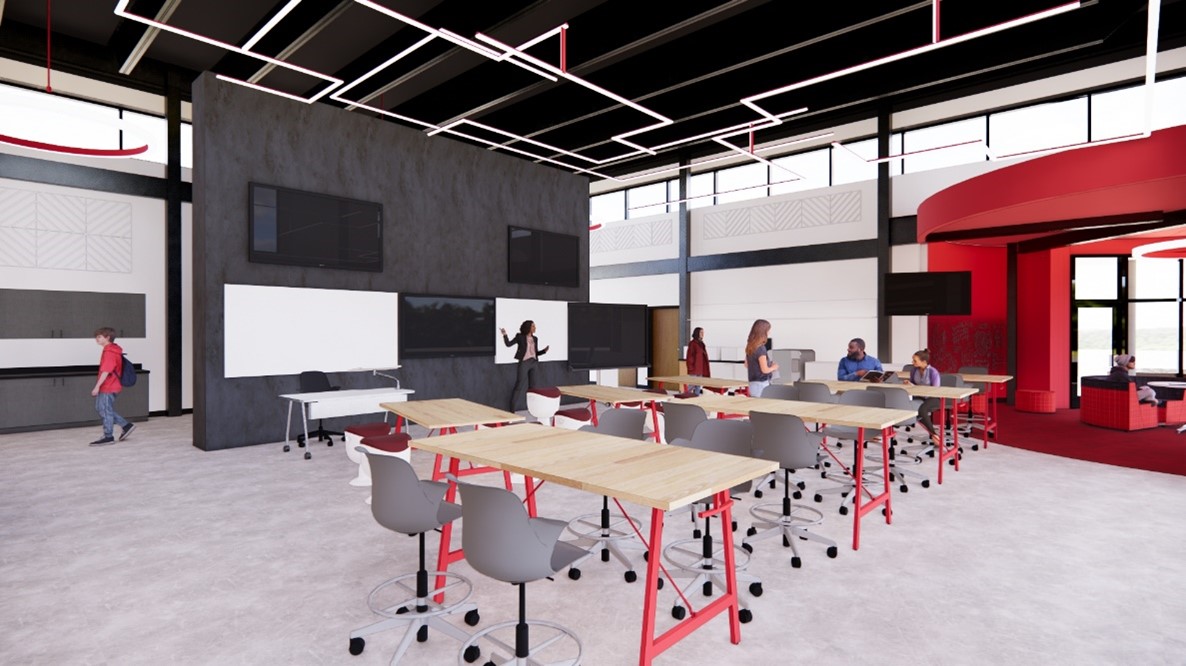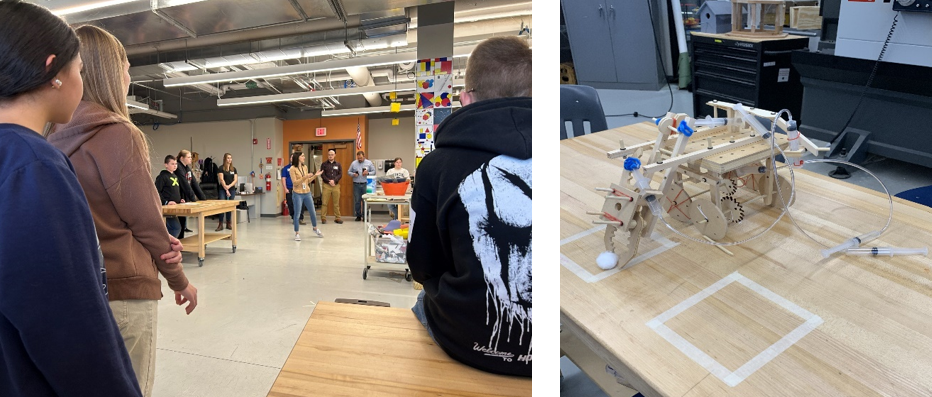Share This Story
In today’s fast-changing world, the bar for student success keeps rising—with many high schoolers now pursuing skills and certifications that will give them a competitive edge in the job market. To keep pace, forward-thinking districts are reimagining education with workforce-ready classrooms. Encompassing science, technology, engineering, art and mathematics (STEAM), these programs transcend basic teaching to spark ingenuity and connect students with real-world opportunities.
By embracing strategies that bolster engagement, attract industry partners and meet local needs, administrators can arm the next generation with the right tools to excel, whether their journey leads to college or straight into a career.
1. Tailoring Curriculums to Reflect Community
Establishing career-focused spaces begins with understanding a community’s unique identity. For some, this means emphasizing traditional skills like woodworking to boost regional industries. For others, it’s about incorporating technologies like 3D printing to ignite entrepreneurship. Regardless, effective designs embody the economic objectives and cultural values of the people they serve.
Since public approval and funding are necessary to secure voting for K-12 projects, balancing specialized spaces with broader needs is paramount. Overly narrow focuses risk alienating stakeholders, but a holistic strategy that aligns educational goals with social interests fosters buy-in. For example, in an agrarian town, combining agricultural tech classrooms with STEAM elements can unite time-honored careers with modern advancements for greater appeal.
Schools can engage teachers, students and residents through public forums, surveys and task forces to gather insights on desired curriculums. This not only informs design decisions, but also builds trust and shared ownership of the district’s long-term vision.
2. Integrating Technology for Experiential Learning
According to a White House report, only 20% of U.S. high school graduates feel ready for college-level STEM coursework, despite 79% growth in the field since 1990. Preparing for today’s workforce therefore demands early exposure to advanced skills for a head start in areas like engineering, computer science and manufacturing.
Administrators can support this by improving available technology and implementing digital tools like laser engravers and CNC routers. These upgrades mirror tech-rich professional environments, promoting hands-on learning and analytical reasoning to bridge academic instruction with real-world execution.
Outside the classroom, some districts also introduce STEM as early as second grade through Lego Leagues or coding clubs. These after-school activities build foundational knowledge of sequencing and logic, paving the way for things like robotics or software development.

Portville Central School District’s “Envisioneering Center,” which draws inspiration from collaborations with Case Western Reserve University and the University of Pittsburgh – Bradford, exemplifies this philosophy. With everything from VR headsets and welding to soldering stations, vinyl cutters and embroidery machines , it will motivate students to bring their ideas to life while honing competencies for a range of professions.
3. Designing with Versatility for a Changing Future
Flexibility is a cornerstone of contemporary schools, enabling them to adapt to evolving technologies and teaching pedagogies as needed. Dynamic layouts allow for group work, individual learning and presentations, using movable furniture to transition effortlessly between activities.

We revamped the Odyssey Academy library to include modular chairs and tables, accommodating class workshops and small group studies alike.
Additionally, districts are redesigning conventional classrooms with tiered lecture halls or high-top seating arrangements. Emulating university and workplace models, these settings favor brief instructional sessions followed by independent work and frequent teacher check-ins, encouraging students to take charge of their learning. After hours, they transform into venues for board meetings, college fairs and community events, maximizing their utility.

This conceptual presentation space in Bolivar-Richburg Central School District’s Middle/High School STEAM wing is designed to facilitate interactive project showcases. With wall-mounted TVs for visual aid, students will be able to present confidently, nurture teamwork and better prepare for cooperative workplaces.
4. Forging Industry Partnerships to Connect Students with Careers
Business relationships are a standout component of successful workforce-ready programs, offering internships, job pathways and stronger school-community ties.
STEAM spaces like AR/VR labs and manufacturing classrooms can add value by doubling as coworking hubs, where schools partner with local companies to host workshops, training sessions or pilot projects. This win-win strategy benefits everyone: schools generate revenue, students gain experience with industry-standard tools and businesses access emerging talent. Moreover, these connections fuel regional economic growth and address critical workforce gaps.

Our team participated in the annual Wellsville Central School District technology competition. Professionals and academic representatives, including those from Alfred University, served as judges and mentors, providing students with valuable feedback and networking opportunities.
Empowering the Next Generation
With STEM occupations projected to grow an extra 10.8% by 2031— twice the rate of other fields—the need for “career-launch” education has never been greater. More than diplomas, students are seeking experiences that lower barriers to entry and provide viable alternatives to the usual college track.
Workforce-ready classrooms offer a powerful solution. Prioritizing community engagement, technology and civic alliances, progressive districts can cultivate spaces that equip students—and entire communities—with a foundation for lasting success.
